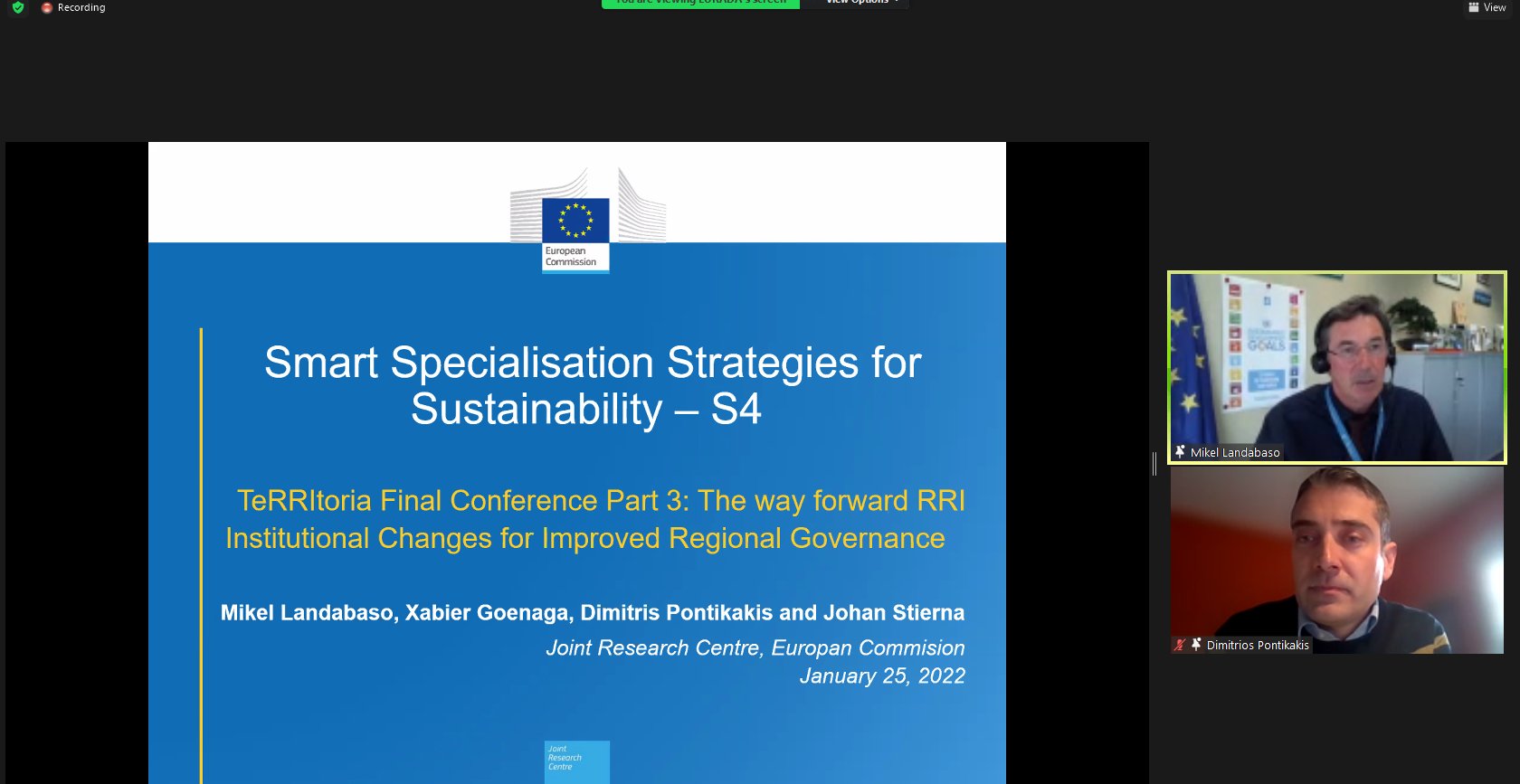Let us continue to integrate: RRI + S3 = TetRRIS
TetRRIS project launched in September 2020. This Horizon 2020 SwafS-14 project represents one of many EU funded research and innovation projects seeking to expand scientific understanding about how to better align R&I policies with society (its values, needs and expectations). This short article will briefly introduce the context in which this newly launched project called TetRRIS is situated. This article will then offer a short snapshot of some of the core aspects of TetRRIS.
Supporting the development of territorial RRI
Central to the context of TetRRIS is the experience of scientists and R&I practitioners who see RRI to open the domain of R&I. It is through this opening and a commitment to such endeavors that cooperation between science and society can be achieved with all its associated benefits.
At the core of such endeavors is the observation and experience that territories (local and regional) can act as the bridge towards understanding further the challenges brought about through interacting science(s) and societies. Like many projects already well underway and making progress towards their territorial RRI objectives, TetRRIS has specific and unique approach and added value to bring to the myriad of likeminded projects.
Territorial Responsible Research And Innovation And Smart Specialization
TetRRIS is an ambitious project. TetRRIS’ ambition can be best understood through its clear goals on the real integration of RRI into the European regional development paradigm of S3. With the project’s practical and wide reaching ‘experiments’ spanning across distinct and diverging European territorial typologies, TetRRIS aims to fill the gap for many actors and regions seeking to better integrate RRI to their regional development practices (notably S3). Throughout the lifetime of this project, two key questions seek to organize and guide the project’s activities: how can we achieve in practical terms the integration of RRI inside TRIS with Q4 and how can TRIS change and adapt towards RRI inside R&I and development policy?
The strength of the project’s design can be found in its commitment to finding ways to address and achieve value driven change in R&I policy and regional development policy. TetRRIS is not simply seeking to integrate RRI into regional development policy (notably, S3). TetRRIS is about going beyond theory and research. TetRRIS is about value driven transformation first that can then inform the future of regional development and R&I.
TetRRIS: Value Driven Transformation
TetRRIS is geared towards the practical application of RRI dimensions and concepts. TetRRIS’ practical approach does not mean that its project partners shy away from intellectual or scientific enquiry. Far from being a simple exercise, TetRRIS involves bridging the practical and the intellectual strands of both RRI dimensions and S3 concepts.
TetRRIS: 1 territorial-specific approach
Understanding the specificities of the regions involved in TetRRIS is organized by three intertwined accepted approaches: context specificity, ‘subject to change’ and iterative. These approaches mirror the principles underpinning RIS3-based regional development. TetRRIS concentrates on the experiences and participation of the regional and local actors involved aiming for project with strong buy-in throughout its multiple stages up and until policy and science outputs produced in its final stage.
TeRRItoria suggest you keep an eye on the TetRRIS’s twitter account in order to remain updated.





